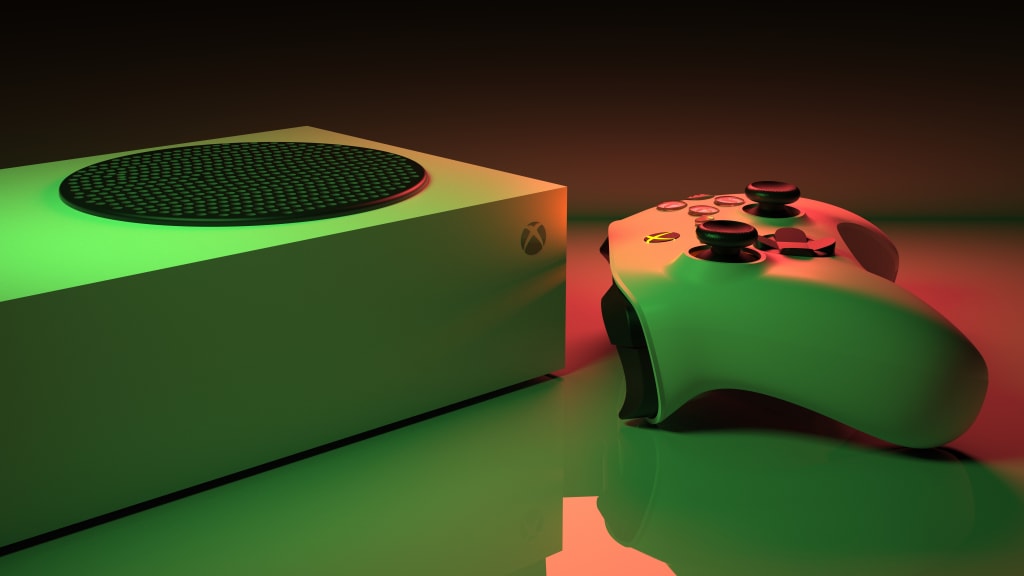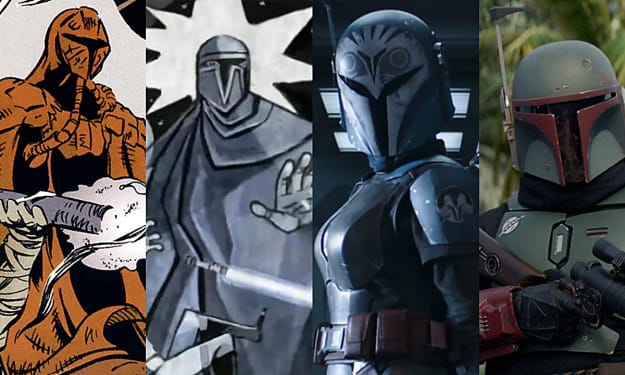
Choppy waters
The Xbox was quickly followed by release dates in Japan (February 22, 2002) and Europe (March 14, 2002), however neither market responded to the system with the same fervor as North America. Only 123,000 Xbox systems were sold in Japan in the first week after launch, confirming Microsoft's concern that the system would struggle to gain traction in the famously competitive international market.
Although the Xbox appeared to be doing well in North America, Microsoft was troubled by the system's entire launch because their expectations for it were high even by norms for a new console. The Xbox's high production costs didn't help its inventor, which makes the following significant development in the system's history all the more unexpected.
Microsoft reduced the cost of the Xbox from $299 to $199 on April 18, 2002. Even though the corporation was unable to make any money at all from the sale of the system due to the drastic price cut, the strategy was successful in getting more families to buy Xboxes. In the years that followed, it also allowed the Xbox to outsell the newly announced Nintendo GameCube, solidifying the Xbox's position as a major player in the console wars.
It’s a-Live!
With the introduction of Xbox Live on the Xbox's first birthday, arguably the most significant event in the development of the console and the expansion of Microsoft's position in the gaming industry took place.
The beta testing phase of Microsoft's long-rumored online gaming network started in August 2002, but the system didn't go live until November when the Xbox Live Starter Kit was released. Early adopters were exposed to a multiplayer gaming experience that was totally novel to the console market and pitted rivals from all over the world against one another in a social setting. Xbox Live makes it possible to download new content, advance multiplayer activity, and connect with friends (and complete strangers).
Xbox Live launched with over 150,000 customers in its first week, and in the years that followed, those numbers kept rising geometrically for Microsoft's online gaming network.
An end in sight
With the inclusion of Xbox Live, the Xbox fan base grew even more, but the years that followed weren't all roses and sales. Microsoft started making preparations for the upcoming Xbox in February 2003 under the codename "Xenon."
Electronic Arts, a well-known game company, refused to release its popular Madden football video games for the Xbox in 2003 due to their disagreement with Xbox Live's subscription-based model. However, they struck a deal with Microsoft the next year. The technology that had originally been the system's main selling point had evolved into one of its most aggravating limitations by 2004, on top of the fact that the firm continued to lose money on each console sold.
With Xbox Live Arcade debuting in November 2004, Microsoft continued to push forward with new features geared at making the Xbox - and its progeny - the all-purpose online media hub that it was always intended to be.
Not done yet
The release of Halo 2 demonstrated that claims of the Xbox's demise had been grossly overstated, with more than 2.5 million units sold in the first day the game was made available, in spite of reports that the next big thing was on the way. The highly anticipated sequel's $125 million in sales made it the most prosperous launch of any entertainment product in consumer history up to that date, including games, movies, and music albums.
The Xbox's struggling sales, which continued to cost Microsoft significantly more to produce than it could ever make in revenue from sales, stood in stark contrast to the success of Halo 2.
The next X and the end of an era
Microsoft launched the Xbox 360, the company's newest gaming device, on May 12, 2005. The business evidently believed that a November release would place the 360 in a strong position to dominate the market, nearly a full year before the PlayStation 3 and Nintendo Wii were expected to arrive. It also implied that the original Xbox was doomed from the start.
Later that year, the Xbox's official manufacture halted, with a final sales total of about 24 million consoles. Even while this was nothing to laugh at, Microsoft had initially estimated that there would be 50 million Xbox systems in homes worldwide. The Xbox outsold both Sega's Dreamcast and Nintendo's GameCube, which each sold 21 million units, but it was still well short of the PS2, which went on to sell over 153 million units (which sold just 10.6 million). Madden 09, the final Xbox game made in North America, was launched in August 2008, and the console's support ended in March 2009. In April, the console's demise was sealed with a last nail Xbox Live connectivity for the original Xbox was terminated on November 14, 2010.
More sales, more issues
The Xbox 360 was released on November 22, 2005, in the United States, and in Europe and Japan the following month. All three markets saw sellouts, with the exception of Japan, where the system was still having trouble finding a following. More than 1.5 million consoles had been shipped by the end of 2005, putting the system well on its approach to replacing the current king of the console castle. Some significant issues with the system, however, were overlooked in the haste to get the 360 into homes.
The phrase "Red Ring of Death" started giving Xbox gamers the chills not long after the 360 hit the market. Early 360 machines were afflicted by a number of hardware and software problems, but one especially unpleasant fault resulted in a fatal error for the entire system and gave owners a red ring of light around the power button. Microsoft had to repair and replace many systems as a result of the multiple defects in these early models, which finally resulted in an extension of the console's warranty to cover all of the problems.
The Xbox 360 sold remarkably well despite all of the issues experienced by early adopters of the machine. More than 39 million units had found their way to market by January 2010, and Additionally, by January 2010, more than 39 million units have entered homes. The phrase "Red Ring of Death" started giving Xbox gamers the chills not long after the 360 hit the market. Early 360 machines were afflicted by a number of hardware and software problems, but one especially unpleasant fault resulted in a fatal error for the entire system and gave owners a red ring of light around the power button. Microsoft had to repair and replace many systems as a result of the multiple defects in these early models, which finally resulted in an extension of the console's warranty to cover all of the problems.
A new toy and a new look
June proved to be a significant month for the 360 in both 2009 and 2010. First, during that year's E3 convention in June 2009, the motion- and voice-control device that would later become Kinect was unveiled. The device was initially referred to as "Project Natal" (Microsoft frequently used cities as codenames, and the Brazilian city of Natal was selected in honour of Brazilian-born project director Alex Kipman). It was anticipated that the device would revolutionize how 360 owners interacted with their console and the media connected to it. In November of that year, the Kinect hit the market.
Microsoft stated that the Xbox 360 would undergo a significant overhaul with a slimmer body, improved internal specs, more USB ports, and built-in Wi-Fi one year after the Kinect was introduced. On June 18, 2010, the "Xbox 360 S" arrived in stores a few days later.





Comments
There are no comments for this story
Be the first to respond and start the conversation.